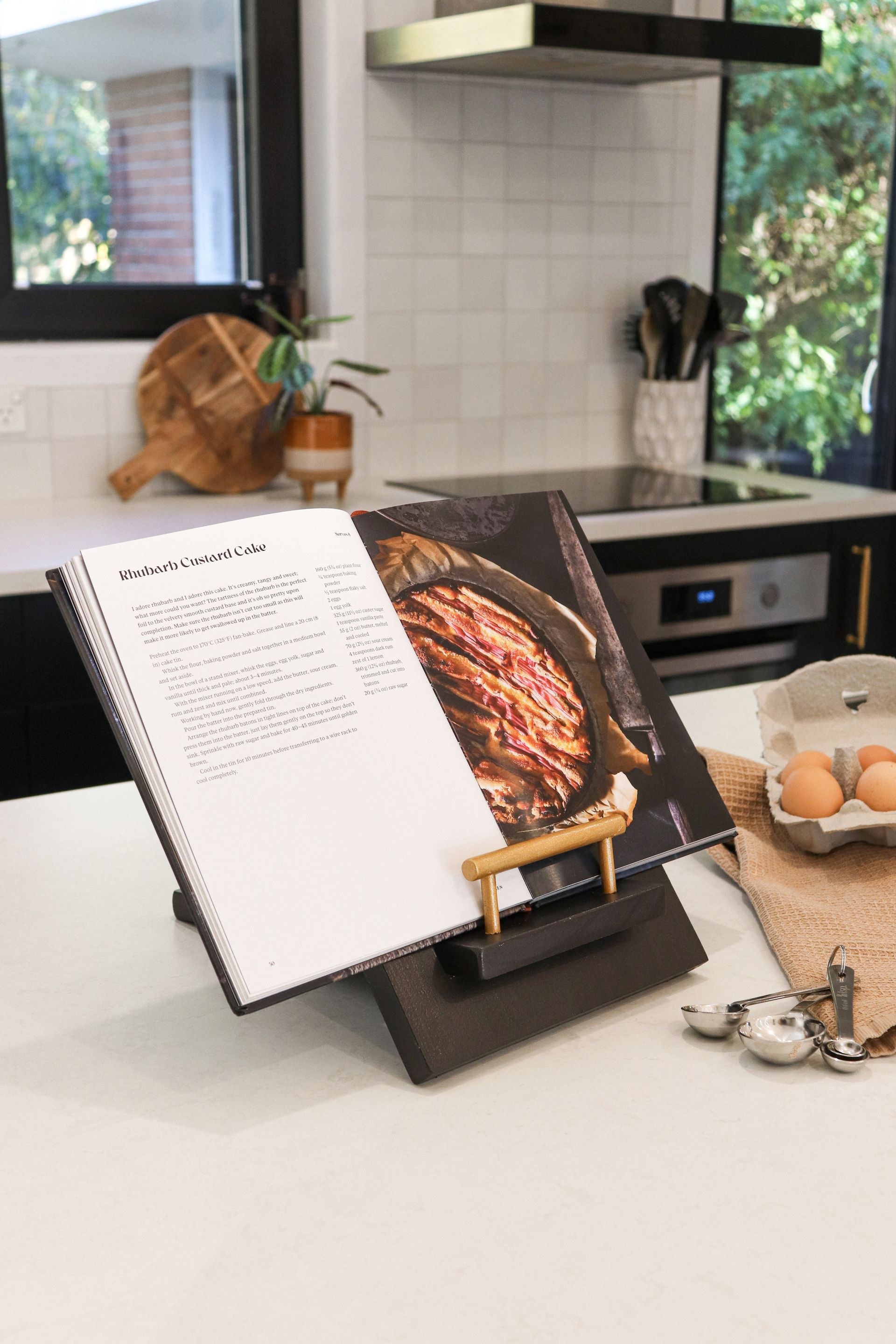The universal language of love constantly takes Christchurch author Rosie Richards to international heights. We talk to her ahead of becoming the first New Zealand author to reach 100 published books.
In our pandemic world, a tiny, spiky, airborne virus reminds us of what is important: the preciousness of life. The priority of loved ones. The true value of medical professionals. The sartorial appropriateness of sweatpants and that distraction from all the bad news (whether it’s cake baking or reading romantic fiction) is vital for our mental health and immune systems.
Christchurch writer Rosie Richards is just that – a master of distraction with publishing statistics as impressive as Olympic gold or scaling Mount Everest. While the average number of published books by best-selling authors, globally, is around 30, Rosie (under the pen name Alison Roberts for publisher Mills and Boon) is the first New Zealand author to reach 100 published books. Rosie is also part of a select group of medical romance authors around the world who specialise in this demanding sub-genre.
Her sales of 10 million books have been translated into 25 languages, from French, Italian, Spanish, Polish and Dutch to Czech, Greek, Korean, Lithuanian and Russian. Romance is a universal language after all. Each Mills and Boon sold also has a pass-on rate of about seven, she tells me, so the number of readers elbowing aside their reality to savour the five million or so words Rosie has penned over 25 years is, more accurately, upwards of the 50 million mark.
It’s hard to believe that this pretty, azure-eyed woman with her youthful energy, soft voice and self-deprecating smile is actually in her sixties. Rosie blushes at the enormity of the numbers being discussed. ‘I never really think of the scale,’ she replies modestly, ‘but when I occasionally have to, it feels surreal.’ And having your 100th romance published is one of those times. So innately private is Rosie about her success, that ‘romance writer’ is rarely mentioned as a career choice because two questions inevitably follow: ‘Where do you get your ideas from and how much money do you make?’
‘I haven’t got rich,’ Rosie counters, ‘but it has allowed me the ultimate glide-time work schedule, it has allowed me to travel, and I have made wonderful writer friends. I feel very privileged, as it is notoriously hard to have a successful career as an author.’
Publishing success in the real world came in her late thirties with a medical thriller, but Rosie soon progressed to the sub-genre of medical romance. With both father and (then) husband as doctors and part-time work as an ambulance officer to draw on, this genre was a perfect prescription for success. For years, writing and ambulance work became a way to augment her role as wife and mother and a way to challenge her gentle and self-effacing nature. ‘Being recognised for being good at something is an amazing way to gain confidence,’ she says.
While the premise of the romance novel is universal – boy meets girl; they fall in love; heartache, headaches and hurdles follow until true love finally triumphs – the main characters are now as diverse as the world we are living in. The Paramedic’s Unexpected Hero, published in 2020 for example, includes a pony-tailed, mixed-race, motorbike-riding hero who works as a midwife. ‘The last book I wrote, which is actually my 103rd, has a heroine in her late forties having her first child. Another heroine was in a wheelchair,’ Rosie explains. ‘And my 100th book, The Vet’s Unexpected Family, features an overweight vet with lifelong body issues.’ Thankfully, she no longer has to conform to an outdated stereotype and lose weight to get her happy ending.
The way to read these love stories is also changing. Hardbacks increasingly lend their heft to large type and library shelves only. Paperback versions are now the norm, linked into duos where authors are partnered under one cover, or titles are banded into miniseries. ‘Half of all sales now are online e-books and digital versions,’ Rosie confirms and her Alison Roberts titles are now offered on a streaming service that is subscription based.
Perhaps it is not surprising that Rosie chose romantic prose over her profession as a primary school teacher, since playing around with words was her favourite part of school. ‘I wrote my first book at seven on scraps of paper that I carefully stapled together and illustrated myself,’ she remembers.

Today, the drive to write as a single divorced woman is as much financial as it is creative. Her schedule is ruthless and relentless. 50,000 words required every 10 weeks. Five romances per year. ‘Because I am writing a book every 10 weeks, I have to be disciplined. I flesh out a tight plot and aim for at least 1,000 words every single day. I wake up at around 6.30, check emails and the state of the world, make a coffee and head back to bed to write, since it’s the comfiest and least distracting place to be.’ If she got up, Rosie laughs, she might notice the dust or Abby, her bright and excitable cavoodle puppy, would want to play. ‘But I cannot say I make a romantic living from my bed or it might be misconstrued ...’ she jokes.
She explains her creative process, which begins not with plot and characters, but rather from a felt experience. ‘I almost sense each book in emotional terms and the feeling of what each situation is, and then I have to transpose those feelings into words.’ As Rosie writes, she cuts and sutures the love story into a medical narrative. Surgical procedures have to be correct as readers expect all the gory detail. ‘When I write, it’s like there are three entities involved. It’s like someone is sitting on one shoulder directing the action. The other shoulder contains the Reader, who waves their hand every now and again when clarification is needed. The characters are all inside my head and I embody each one as I write.’
No matter where she is geographically, Rosie is as committed to her creative process as any elite professional. Today she is writing in her Christchurch bungalow; in 2013 it was on Auckland’s North Shore when Rosie accepted a job at AUT as a resource writer for the Paramedicine Department. In 2016, it was Vence in the French Riviera, when Rosie packed up her Kiwi life to fulfil a lifelong dream of immersing herself in the language and culture of a country that loves a love story. ‘If an Alison Roberts title sells 160,000 copies, about 60,000 will be in France,’ she reveals.
And it was in France at a Fiction Festival (Festival du Romain Feminin) where Rosie answered questions in French as a guest panellist, that she realised the extent of her renown. ‘I had fans,’ she mouths with incredulity. ‘A young woman had about 20 of my books which she had sourced from all over and insisted I sign all of them. Other fans had pasted pictures of my covers into scrapbooks.’ Even Nice’s daily newspaper, Nice-Matin did an interview with her entirely in French which they headlined, ‘A New Zealand Romance Writer with an Open Heart’.
Rosie believes romance is more relevant than ever in these anxious, Covid-challenged times. This is borne out by the exponential growth of doctor-nurse love stories in post-war literature. But you won’t find any of Alison Roberts’ witty, feisty heroines in full PPE gear. ‘I need escapism, not the medical minutiae of our viral warfare. I want hope and a reminder that life is good and that’s what I offer my readers. My books are a little gift – time out to read and a reminder that, ultimately, what we all want is to love and be loved.’
Recent stories



All Rights Reserved | CountryWide Media

